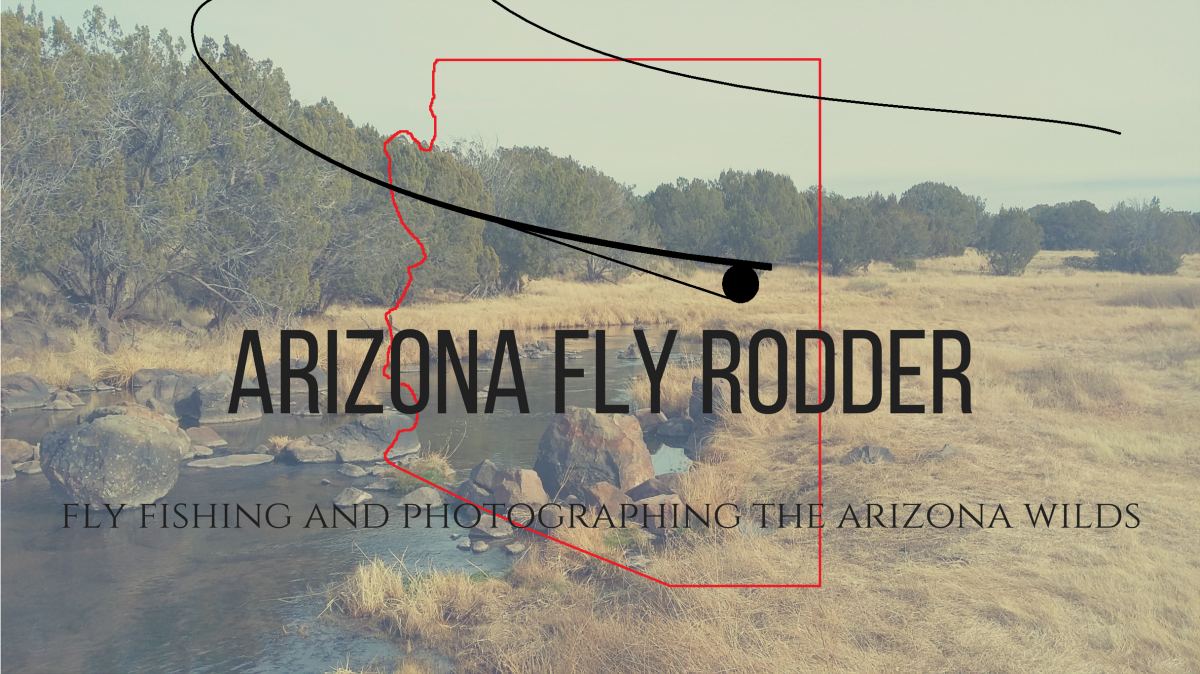In fly fishing, many people agree that stealth is a huge factor in catching fish; but it tends to play second fiddle to the flashier topics such as fly choice and casting technique. In my experience however, stealth is the single most important factor in catching fish, particularly in small-stream settings. In this post we will be discussing the importance of stealth in small, clear streams, as well as some tactics to help you hone your stealth game.
Stealth Trumps All
Fish in small streams tend to be spooky, and if they sense that something is off, they may not take even the most well-presented fly. A perfect imitation of the fish’s main food source means nothing if they see you standing on the bank waving a stick around. While presentation is important, a fish that doesn’t know you’re there is likely to take the first food source it sees, even with a mediocre presentation. In small streams, you have the unique opportunity to get extremely close to your quarry; in most cases, you don’t even need to cast, as you will be within a rod’s length of the fish. In fact, most of my fishing is done with only a foot or two of fly line outside of the rod tip, with only the fly and leader in the water.
Blend In
A bright Hawaiian shirt may be fun on vacation, but if you’re serious about catching fish, it’s a no-go. I’m not saying you need to dress in your turkey hunting gear, but you should try and match the colors of your clothing to the background. If you’re fishing a forest stream, a brown or green shirt will help you blend in. In more open areas, blue or gray could be an advantage, depending on the weather. Your pants don’t matter as much, as they tend to be in the fish’s blind spot most of the time anyway. Subdued, drab colors may not be the greatest fashion statement, but you’re not on the red carpet.
Watch Your Shadow
The main predators of most game fish come from above water, and a shadow passing over the water could be a bird or raccoon, so fish tend to turn off quickly if you cast a shadow over them. Try and keep the sun in front of you or to the side, so that your shadow doesn’t fall over the pool and ruin your chances.
Approach From Downstream
Fish in moving water face into the current, as their streamlined shape allows them to easily hold their position as food comes to them. Approaching a lie from downstream puts you in the fish’s blind spot, as they cannot see directly behind them. If you’re wading, moving upstream also prevents you from spooking the fish when you dislodge gravel and silt as you walk.
Use Obstacles to Your Advantage
A pool surrounded by trees, brush, and rocks may look tough to fish, but those obstacles to a conventional cast can be your greatest ally. Use them to your advantage when approaching the water, as they help break up your outline, and if you move slowly and deliberately the fish will never see you coming. Crouch down if you can, and hide behind something when presenting the fly. You may feel a bit silly, but no one will laugh at your results!

